Juan Cole explores what the Middle East might look like if Syria falls to the revolutionaries.
The year 2013 will see Iranian influence in the Middle East continue a decline that began with the Arab upheavals of 2011. Iran’s two major allies in the Arab world are Syria and Lebanon. In Lebanon, Iran arms the Shiite party-militia Hizbullah, and does so overland through Iraq and Syria. Since Israel controls the Mediterranean off Lebanon and can, when it wants to, control Lebanese air space, the land corridor for Iranian supplies to Hizbullah is key to the latter’s ability to confront Israeli expansionism into Lebanese territory.
Hizbullah could well have its Iranian lifeline cut. Hassan Nasrallah, Hizbullah's secretary-general, has come out strongly in favor of the Bashar al-Assad government in Syria, because both of them are Iranian clients. If Syria falls to the Sunni Arab revolutionaries, they will have a grudge towards both Iran and Hizbullah for supporting the Baath government, and will likely cut the latter off from resupply through Syrian territory. Instead, Syrian support will go to the Sunnis of Beirut, Sidon, Tripoli, Akkar and the Biqa Valley.
Between 2003 and 2012 the United States, in a fit of absent-mindedness, made Iran a regional hegemon. Washington overthrew the Taliban in Afghanistan and delivered it into the hands of the Northern Alliance, a set of strong Iran allies. A brake on Iranian influence in Afghanistan was removed. Then the Bush administration overthrew Saddam Hussein, the Sunni ruler who subjected the Shiite majority and stood as a barrier to Iranian penetration of the Middle East. Without meaning to, the US brought to power a religious Shiite government that naturally allied with Iran. Then the US Congress targeted Syria for deep sanctions and the Bush hawks drove it firmly into the arms of Iran. The Bush administration backed Israel’s attack on Lebanon in 2006, which strengthened Hizbullah. The Shiite party-militia is now a key backer of the government of Lebanese Prime Minister Najib Miqati. The pro-Iran capitals stretched from Kabul to Beirut (light blue in the map below), and Iran suddenly became a much bigger player in Levantine affairs than it had been in the 1990s. The Israeli security establishment, indeed, fingered Tehran as their most pressing threat. Iran was lionized in the Arab world for supporting Hizbullah against Israel in the 2006 Israel-Lebanon War.
If al-Assad falls in Syria and is replaced by a Sunni government of revolutionaries, they will be beholden to Saudi Arabia, Qatar and Turkey (and Libya), all of them Wahhabi or Sunni powers. They will likely punish Hizbullah for its support of the Baath government, and will support Sunni forces, including the Muslim Brotherhood, in Lebanese politics. If Hizbullah cannot replenish its stock of rockets, its geopolitical significance could decline, even as that of the Sunni Muslim Brotherhood rises. The partitions in the following map, of Iraq and Afghanistan, are meant only to depict the regional divide over foreign policy, not to suggest an actual break-up of these countries (but who knows).
**What the Middle East might look like if Damascus falls to the revolutionaries:
A Sunni-dominated Syria might exert influence in northern and western Iraq far beyond what Shiite-dominated Baghdad does. The Sunni Arabs of central, western and northern Iraq are chafing under the rule of Shiite religious parties, and resent Iranian influence. Mosul (now Nineva) Province famously was undecided after World War I over which country to join: Turkey, Syria or Iraq. At Versailles, Clemenceau cavalierly gave Lloyd George Mosul for Iraq. The story is that Lloyd George felt he had gotten Mosul so easily that he regretted not having asked for more from his French colleague. Anyway, you wonder if Mosul’s choices might not open up again in the coming years, a century after Clemenceau’s friendly gesture to the UK.
Likewise, as the US withdraws from Afghanistan through 2013, with a final withdrawal of active combat troops in 2014, Iran’s allies in that country could be weakened in the face of a resurgent, Pakistan-backed Taliban.
The Muslim Brotherhood will likely benefit from Iran’s decline. If the new Sunni government in Damascus is tinged with Brotherhood influence, it may well reach out to Cairo and forge the strongest Egypt-Syria alliance we have seen since the failure of the United Arab Republic (comprised of Egypt and Syria, 1958-1961).
The Israel lobbies in the United States have pushed for a US war on Iran, which the Obama administration seems unwilling to pursue. In the absence of military action, AIPAC and groups to their right (the Jewish Institute for National Security Affairs, the American Enterprise Institute, the Washington Institute for Near East Policy) have succeeded in persuading the US Congress to impose a financial blockade on Iran, extending even to throwing up financial obstacles to the sale of Iranian petroleum.
But what if all this time the Israel lobbies were barking up the wrong tree? What if, even without US sanctions, Iran is geo-politically in decline?
A new, Sunni coalition in the Levant would group Lebanese Sunnis with Palestinians (whether the PLO or Hamas); would rule Damascus and Cairo; and might well give extraordinary support to the Palestinians, especially to Hamas (an offshoot of the Muslim Brotherhood itself). It may be that not Sidon but Khan Yunis is the greater security threat to Israel in the new Middle East that is forming before our eyes. Sunni activists may well be much more committed to giving practical help to the PLO and Hamas than was al-Assad, who merely paid lip service to the plight of the Palestinians.
A Sunni, and possibly Muslim Brotherhood Syria could thus emerge as a major player, in Arab-Israeli affairs but also in northern Iraq. And, the salience of the Jordanian monarchy is reduced in case things develop in this direction.
A Sunni-dominated Levant would not necessarily be hostile to the US, though it is likely to bear some grudges for US inaction in Syria. But it would likely be severely hostile to Israel. A galvanized Syrian population and a revolutionary government, plus their support for the Palestinians in the West Bank and Gaza, could introduce dangerous new frictions, at a time when the Likud Party in Israel is moving even further to the right. Increased Syrian-Israel tension is likely to be one outcome. A strengthened Hamas might well be another (Hamas is realigning away from Syria-Iran and toward Egypt-Syrian opposition).
Iran is far from Israel/Palestine and has limited clients in that region. If it is forced out of the Levant, it will lose a talking point in domestic elections at most. Israel on the other hand is rather outnumbered by Egypt and Syria, both of them immediate neighbors.
*[A version of this article was originally published by Juan Cole's Informed Comment.]
The views expressed in this article are the author's own and do not necessarily reflect Fair Observer’s editorial policy.
Support Fair Observer
We rely on your support for our independence, diversity and quality.
For more than 10 years, Fair Observer has been free, fair and independent. No billionaire owns us, no advertisers control us. We are a reader-supported nonprofit. Unlike many other publications, we keep our content free for readers regardless of where they live or whether they can afford to pay. We have no paywalls and no ads.
In the post-truth era of fake news, echo chambers and filter bubbles, we publish a plurality of perspectives from around the world. Anyone can publish with us, but everyone goes through a rigorous editorial process. So, you get fact-checked, well-reasoned content instead of noise.
We publish 2,500+ voices from 90+ countries. We also conduct education and training programs
on subjects ranging from digital media and journalism to writing and critical thinking. This
doesn’t come cheap. Servers, editors, trainers and web developers cost
money.
Please consider supporting us on a regular basis as a recurring donor or a
sustaining member.
Will you support FO’s journalism?
We rely on your support for our independence, diversity and quality.


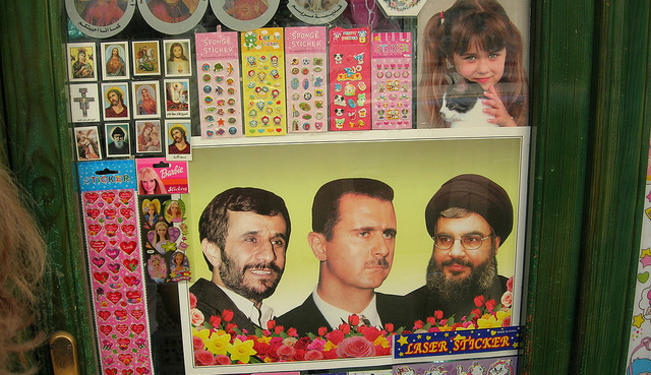
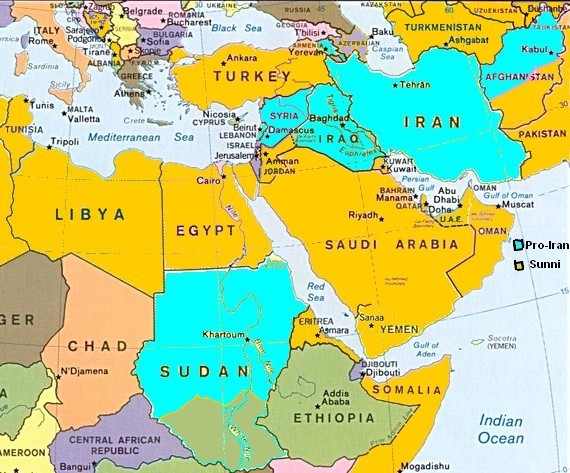
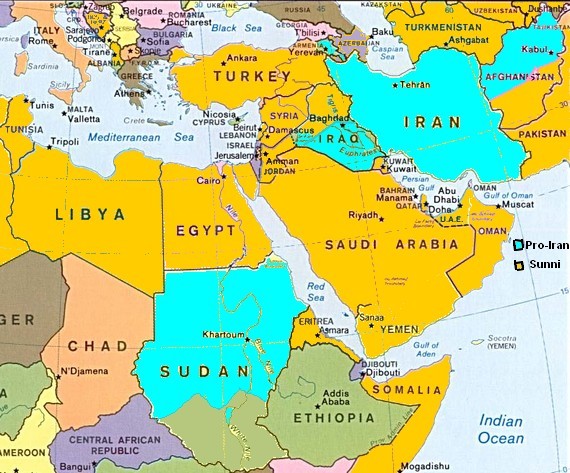
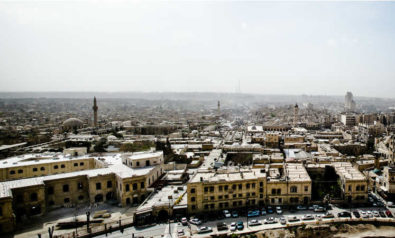


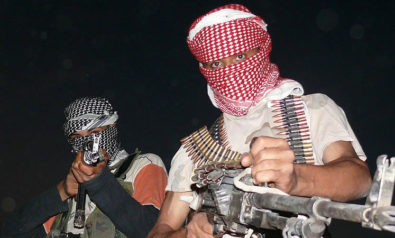
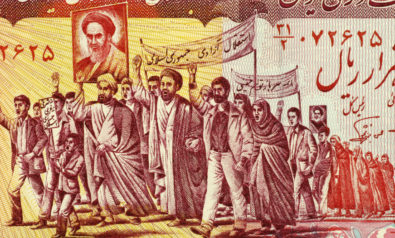


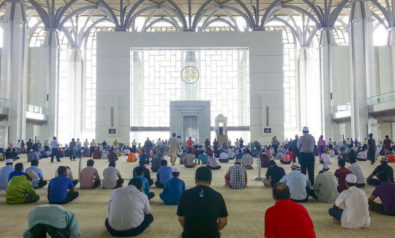
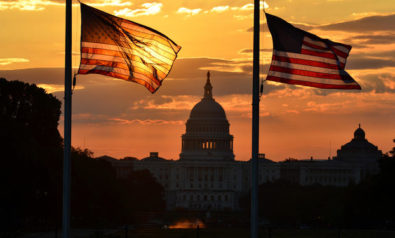
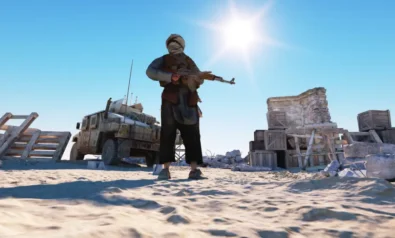
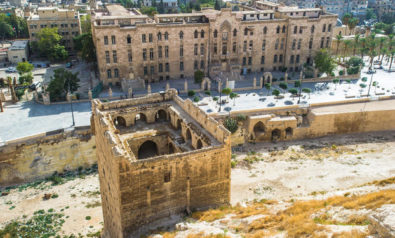
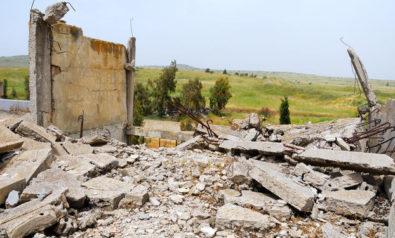


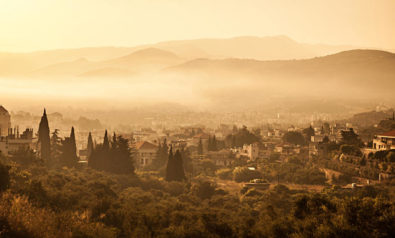
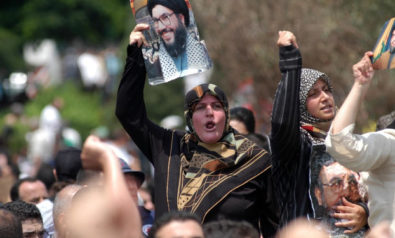



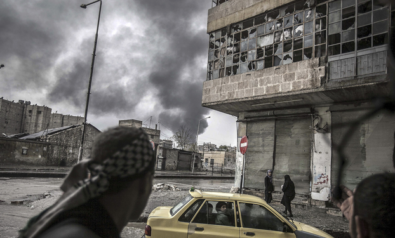
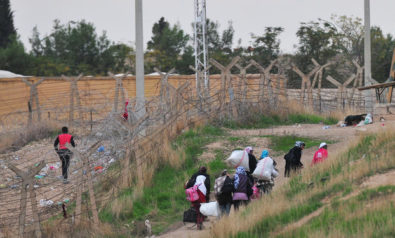
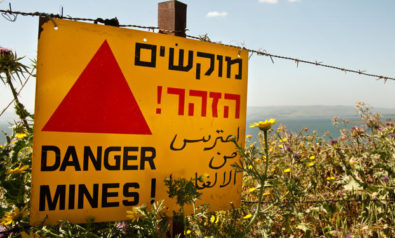
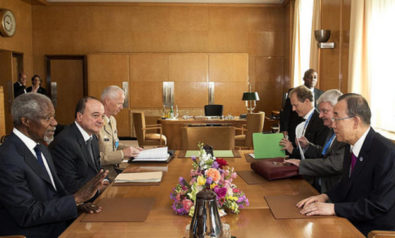
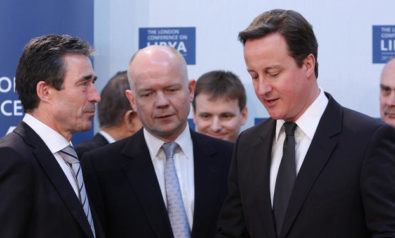
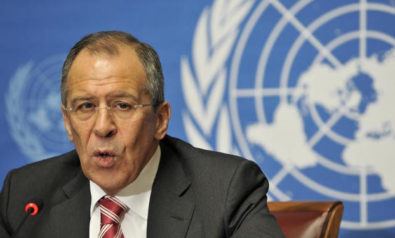

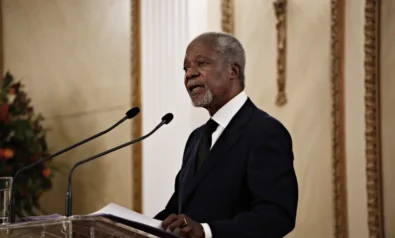

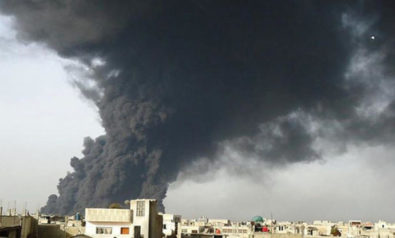

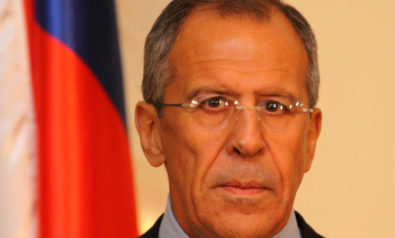
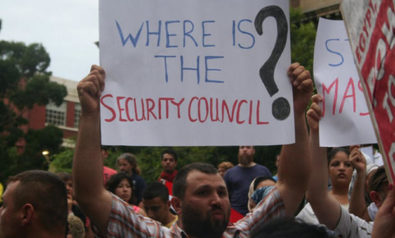
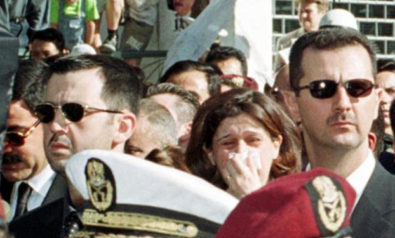


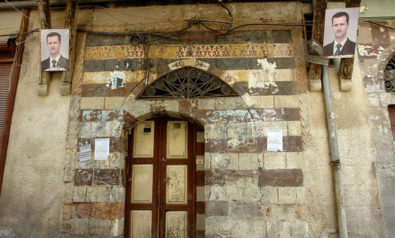

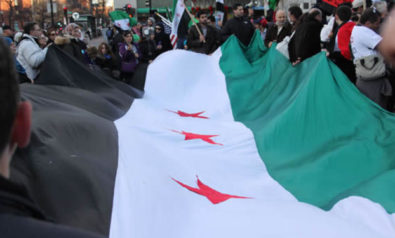

Comment